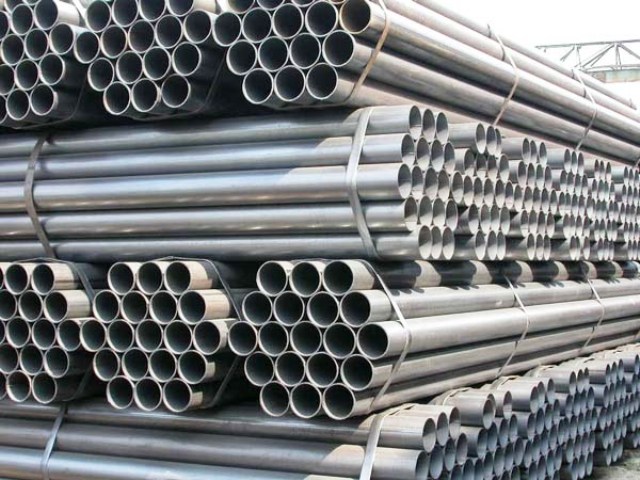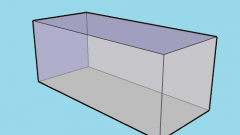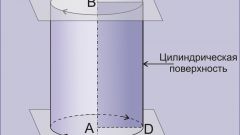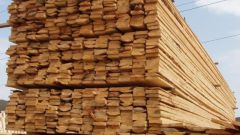You will need
- tape measure, calipers, a table of densities of some substances, Libra.
Instruction
1
Determination of the volume of the pipe geometric metodos using the measuring tape or in any other way measure the length of pipe, including all bends. Then a caliper or other suitable device, locate the external and internal diameter of the pipe and calculate the radius, dividing each diameter by 2. Some pipes are marked in inches. To convert this value to meters, multiply inches or 0.0254 in. Most often indicated in inches inside diameter. Calculate the total volume of the pipe on the outer radius. For this, the number 3,14 multiply by the square of the outer radius, measured in meters and is measured in m length of pipe V=3,14•R2•l. Get the volume in cubic meters.
2
Calculate the internal volume of the pipe. Do it the same way as for the external volume only in the calculation, use the value of the internal radius of the pipe V=3,14•r2•l. So it is possible to determine the amount of a substance which may be in the pipe. This can be water, oil, gas, etc. to find the volume of the material from which made the pipe, from the amount subtract the inner. In order not to make unnecessary calculations in the event if you do not want to count the external and internal volumes, find the volume of the body of the pipe immediately. To do this, the difference of external and internal radii erect in the square, multiply by the number 3.14, and the length of the pipe V=3,14•(R-R)2•l.
3
Determination of the volume of the body of the pipe through protectionniste from a special table the density of the material from which made the pipe (steel, cast iron, plastic, glass, etc.) in kg/m3. Then weigh the tube on the scales, expressing its mass in kilograms. To get the volume of the body of the pipe, its mass divide by the density (V=m/ρ. Get the result in cubic meters. In all cases, when you need to translate cubic meters to cubic centimeters, multiply the result by 1,000,000.








